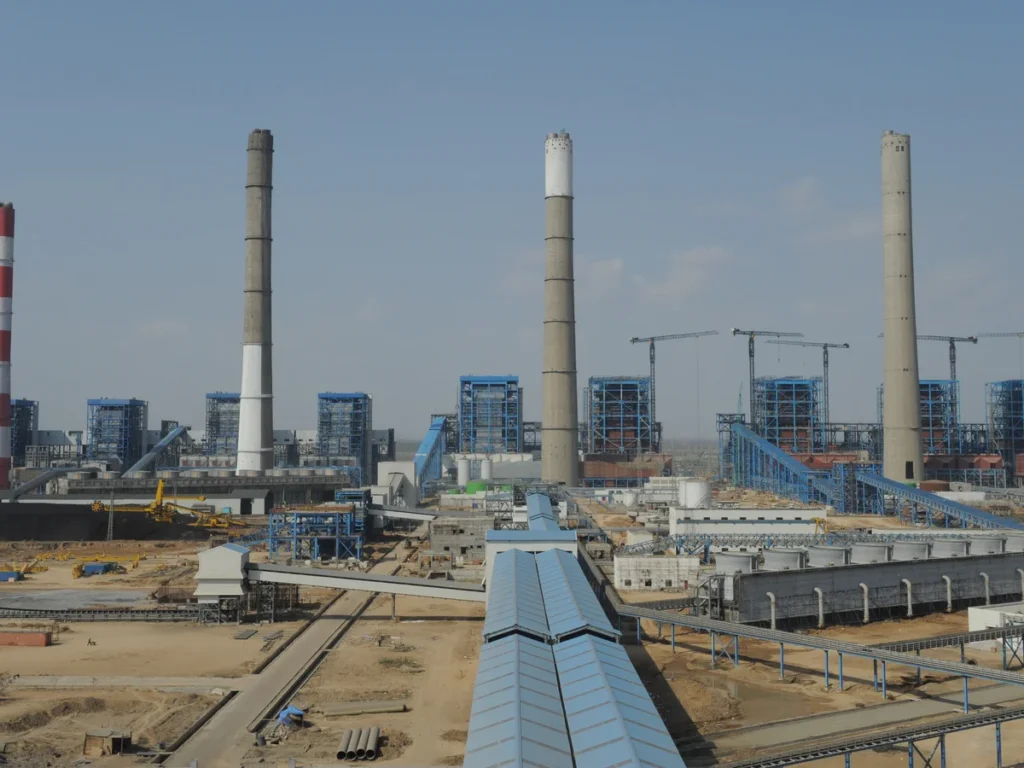
Power outages used to be a continuous problem for Bangladesh, upsetting daily routines and businesses and impeding economic growth. These shortages were partly caused by the electrical grid’s inefficiency, limited capacity for electricity generation, and reliance on foreign fuels. By providing Bangladesh with a dependable supply of electricity from India’s Godda power plant, the Adani Group’s project acted as a lifeline. This vital energy influx has drastically decreased power outages, giving Bangladesh’s economy much-needed stability and notably raising the standard of living for its people.
Bangladesh’s electricity procurement from Adani Power has significantly bolstered the conglomerate’s profits during the initial nine months of the 2023-24 fiscal year. In a deal forged in November 2017, Adani & Bangladesh entered into an agreement with Adani Power Jharkhand, a subsidiary of the Indian multinational based in Ahmedabad, to import electricity. Despite analysts’ initial concerns regarding the deal’s advantageous nature for the Indian company, recent financial reports demonstrate substantial gains for Adani Power.
Between April and December of the 2023-24 fiscal year, Adani Power experienced a notable 40 percent surge in its ongoing revenue, amounting to 37,173 crore rupees (approximately Tk 48,911 crore). Notably, the contribution from the Jharkhand unit stood at 5,326 crore rupees, representing 14.3 percent of the total revenue.
Adani’s Role in Addressing Energy Demands and Infrastructure Gaps
Consequently, Adani Power recorded a remarkable 230 percent year-on-year increase in profits, reaching 18,092 crore rupees (around Tk 23,805 crore) over the nine months.
Bangladesh’s decision to import electricity from India was prompted by its burgeoning energy demands and the necessity to efficiently supply power to its northern regions needing more substantial power infrastructure.
At the time of the deal with Adani, Bangladesh’s power generation capacity stood at 12,922 MW, with the highest production reaching 9,507 MW, as reported by the Bangladesh Power Development Board website.
The power plant, situated across 425 hectares in the Godda district of Jharkhand, commenced commercial operations in the initial quarter of India’s fiscal year, beginning in April.
Driven by Operational Capacity Enhancement and Revenue Growth
During the recent earnings call, Adani Power’s then CFO, Shailesh Sawa, highlighted its robust sales growth in the third quarter, attributing it to the operational capacity enhancement, particularly from the Godda power plant.
In the October-December quarter, Adani Power’s ongoing revenue surged 72 percent year-on-year to 13,405 crore rupees. Profits soared to 2,738 crore rupees from a mere 9 crore rupees during the same period, as per the company’s disclosed figures.
The substantial increase in net profits was attributed to the revenue surge and reduced finance and fuel costs. The company emphasised that the revenue growth was propelled by enhanced operational capacity post the Godda plant commissioning, increased power demand, and favourable imported fuel prices.
Adani’s Entry into the Power Sector in Bangladesh
Because of this, the Adani Group saw that Bangladesh’s energy market had a lot of promise and grabbed the chance to grow in the area. Adani made several investments to take advantage of Bangladesh’s increasing need for energy. These investments were based on Adani’s experience in power production, transportation, and delivery.
Building and running power plants is one of Adani’s most important projects in Bangladesh. The Group has a foothold in Bangladesh’s power production sector through its company, Adani Power Limited. This helps the country’s efforts to improve its energy supply. These power plants use a variety of fuels, such as natural gas and coal, to make electricity. This makes Bangladesh’s energy sources more secure and diverse.
Aside from that, Adani has been providing energy to Bangladesh through long-term power purchase agreements (PPAs). Under these deals, Adani’s power plants usually sell energy to Bangladesh’s national grid on good terms and conditions for both sides. By signing PPAs, Adani has ensured it has a steady source of income and met Bangladesh’s energy needs.
Effects on Adani’s Income
Growing Adani’s business in Bangladesh’s power field has greatly affected its income growth. A big chunk of Adani’s general income comes from making and selling energy to Bangladesh. This helps in the Group’s finances.
Power purchase deals are long-term so Adani can count on a steady income flow. This makes market changes and instability less of a problem. In addition, Bangladesh is working to increase its power production capacity and meet the country’s growing energy needs. This gives Adani more chances to grow and enter new markets.
Adani has also gotten involved in other parts of Bangladesh’s energy value chain, such as transportation and delivery, in addition to making power. Via its Adani Bangladesh project, the Group wants to use its knowledge of building infrastructure to help Bangladesh update its power grid and make it easier for people to access electricity. It plans to do this through intelligent relationships and cooperation.
Conclusion
Adani Group’s move into Bangladesh’s power industry shows its long-term goals and dedication to steady growth. By taking advantage of Bangladesh’s rising need for power and helping the country improve its energy security, the Adani Bangladesh project has helped increase the Group’s income and helped in Bangladesh’s social and economic growth.
Adani’s role in Bangladesh’s power sector will likely grow as the country continues to spend on its energy infrastructure and move toward a safer future. Adani is in a great position to shape Bangladesh’s energy environment and drive success for the Group and the country through continued investments, new ideas, and partnerships.






